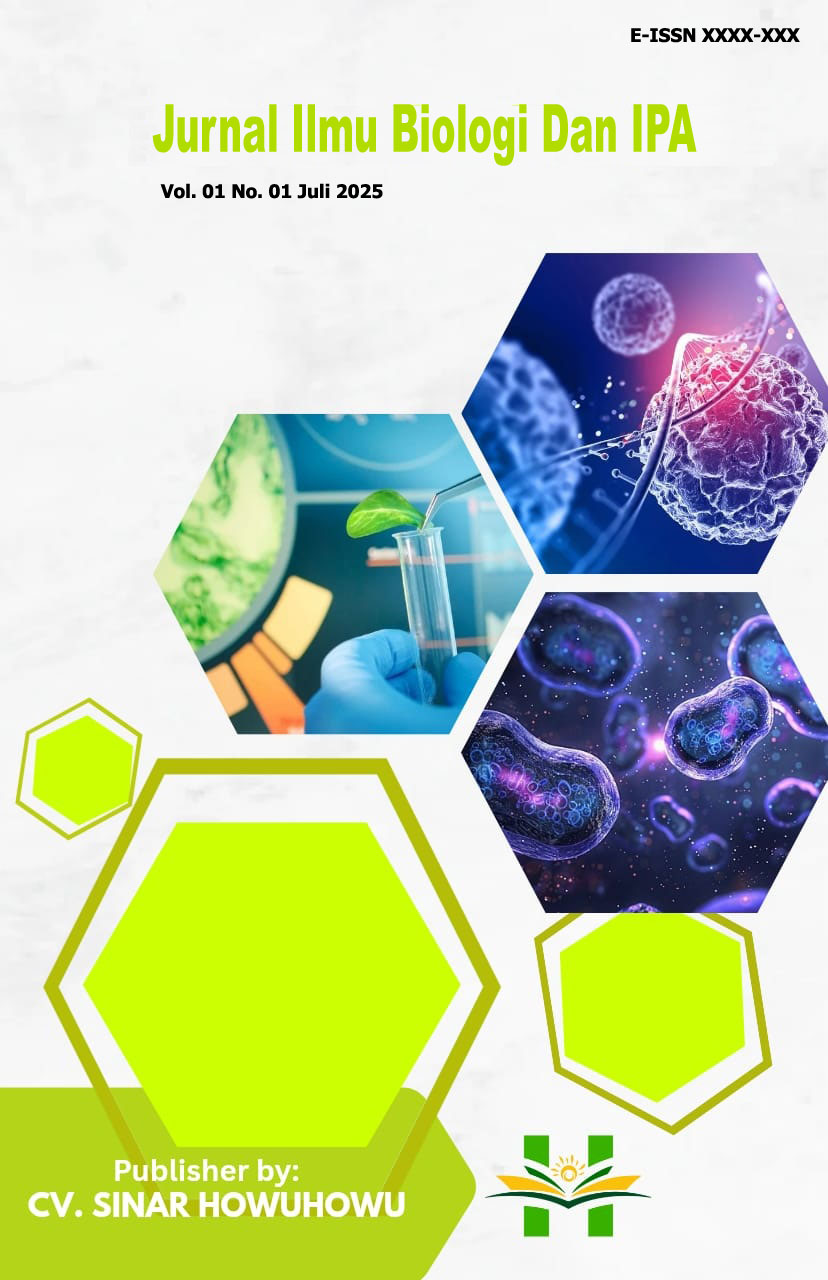Observasi Perkembangan Embrio Katak (Rana Sp.) Pada Kondisi Lingkungan Berbeda
Keywords:
Rana sp, Embryogenesis, Temperature, pH, BioindicatorAbstract
Amphibians are important bioindicators of environmental health due to their sensitivity to changes in habitat quality, particularly during the embryonic phase. This study aimed to observe and compare the effects of varying temperature and pH conditions on the embryogenesis of the frog, Rana sp. A laboratory experimental method was employed with several treatment groups: a control group (25°C, pH 7.0), low temperature (20°C), high temperature (30°C), and acidic pH (pH 5.0). Observed parameters included developmental rate, mortality rate, and morphological abnormalities. The results showed that the control group underwent normal development with a survival rate exceeding 95%. The low-temperature treatment significantly slowed the developmental rate, whereas high temperature accelerated development but caused mass mortality and severe malformations. The acidic pH condition (pH 5.0) proved to be lethal, resulting in nearly 100% embryonic mortality at an early developmental stage. It was concluded that the embryonic development of Rana sp. is highly dependent on optimal temperature and pH conditions. Deviations from this ideal range lead to serious developmental disruptions, confirming the vital role of frog embryos as sensitive indicators of environmental changes such as global warming and water acidification.

